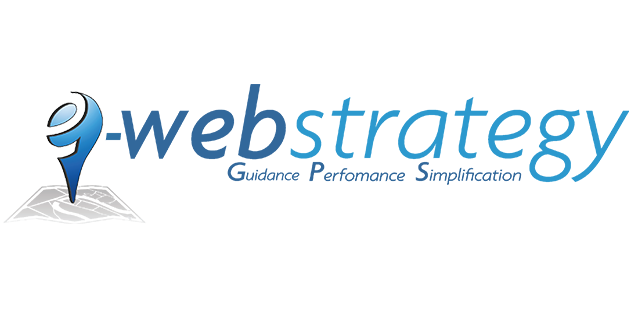
12 Jul The Key Elements of a Smart & Healthy Company
“You don’t have to be a genius to run a business. If you do what you say you are going to do, you are about 80% ahead of everyone else.”
― Robert Schmidt.
I have been leading people and building great companies in the design and construction industry for over forty years.
I grew up in the construction business. Every summer, I dug ditches and poured concrete until I graduated from the University of Texas.
As Co-founder of a world-class architecture firm, Overland Partners, I understand that design and construction executives can feel alone, confused, frustrated, and in need of a strategic plan.
They are challenged to create and lead a healthy organization that flourishes and reaches its maximum potential.
Characteristics of a Smart Company
I have discovered there are two dynamics to a healthy organization.
It is Smart and healthy leadership.
Leaders of smart companies focus on the fundamentals of successful businesses.
They double down on what they know best: strategy, marketing, finance, technology, and human resources.
What I identify as the smart characteristics of successful companies.
Finance
Are we adequately leveraged? Do we have good controls?
Strategy
Do we know what we need to do to succeed?
Human Resources
Do we provide competitive benefits to our team? Are we onboarding them well?
Technology
Are we appropriately using the technology to grow our business and produce successful outcomes?
Marketing
Do we have a good marketing plan? Do we know how to connect and nourish the relationships with our customers?
Characteristics of a Healthy Company
The other half of the equation, which I find most often neglected, is about being healthy.
Leaders struggle to embrace organizational health for many reasons: They are afraid to acknowledge the wounds of their organization. They believe they are too busy, or the concept is too subjective and experiential.
But to be healthy, you need to understand what ailments might be destroying your organization.
Before a leader can tap into the power of organizational health, they must step back and assess their company’s current condition, its cohesive integrity.
They need to ask for help.
It is similar to going to the doctor to understand your symptoms. But some people overlook the warning signs.
Why?
Because who wants to uncover a sickness that can change the course of your life or slow you down? But we all know that catching issues early is far better than waiting until the disease has taken over.
Even if it slows things down. You will have a more productive life.
It works the same for your company. Leaders of healthy organizations focus on what I identify as the healthy characteristics of successful companies.
What problems are hindering productivity in your organization?
Is office politics reducing productivity and increasing the turnover rate?
Are strategies and plans clearly communicated.
How do we maintain a healthy turnover rate?
Are our employees excited to come to work every day?
“If you want to handle yourself, use your head. If you want to handle others, use your heart.”
― Eleanor Roosevelt
I believe Mrs. Roosevelt’s quote sums up what it means to be smart and healthy, using your head and your heart.

Wrap Up
For great companies to ever reach their maximum potential, for their employees to flourish, for them to rise in their industry and expand their bottom line, they’ll need to make changes.
They must be both smart and healthy.
I represent both the experiential context and the systems and processes that speak to efficiency, quality, sustainability, and organizational development.
If you want access to experiences and best practices to your unique field, that is what I solve for, and this is what smart and healthy companies are all about.
Before a leader can tap into the power of organizational health, they must step back and assess their company’s current condition, its cohesive integrity.
Our Mastermind Groups are specifically designed for executive and emerging leaders of architecture, construction, and engineering firms.
